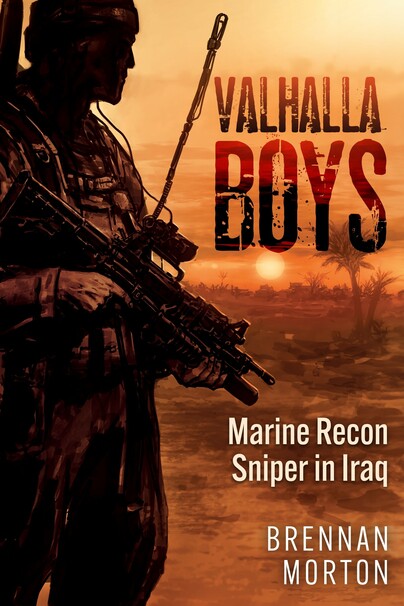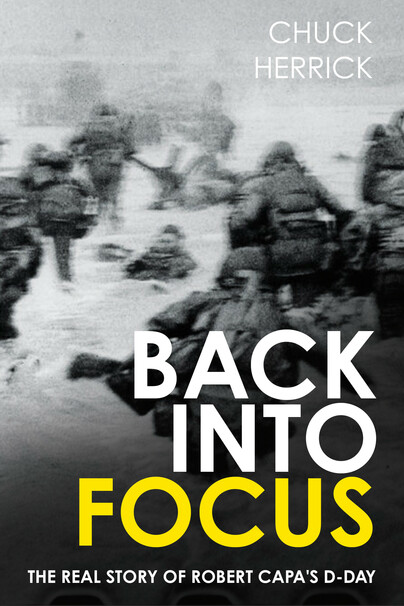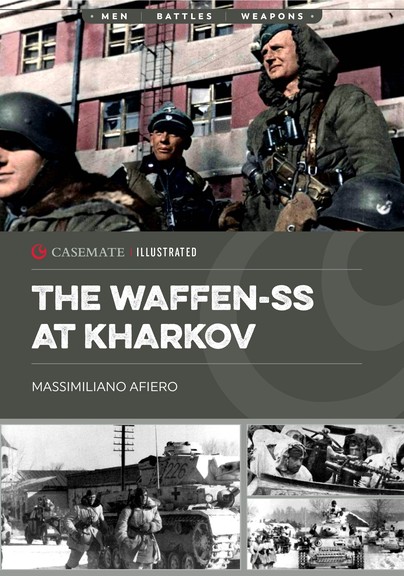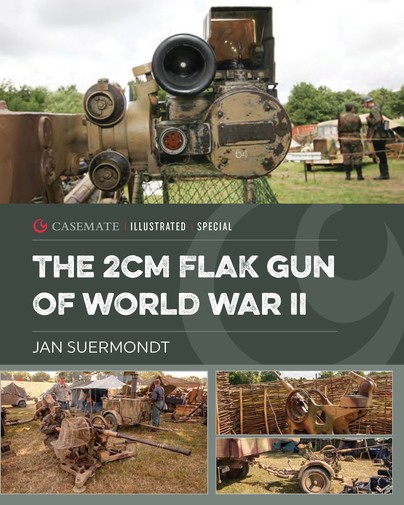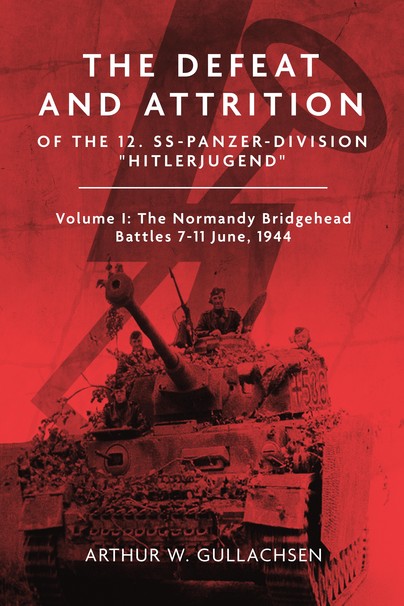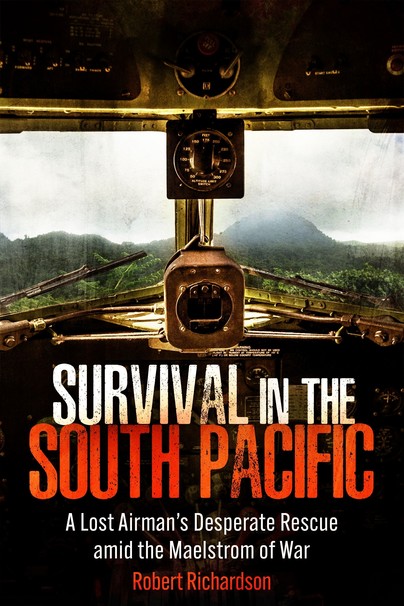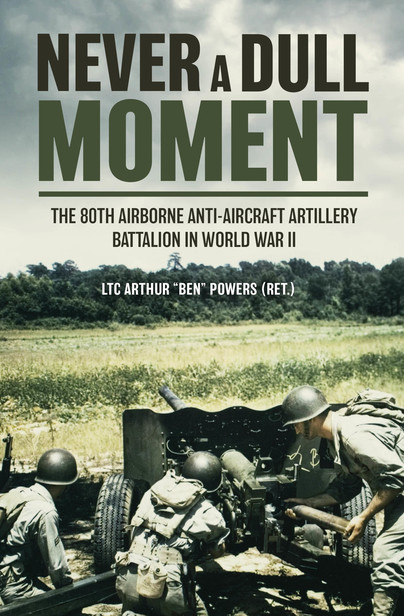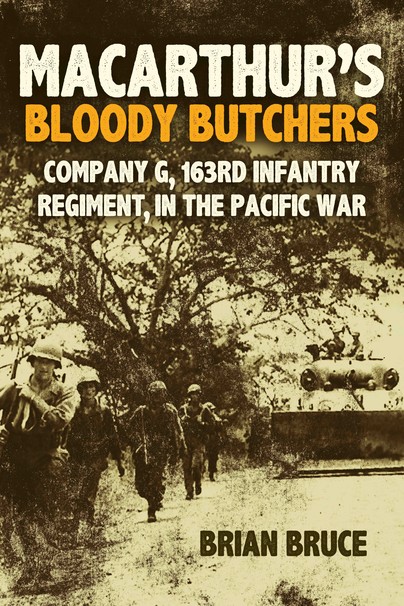In 2004, most areas of Al Anbar province in Iraq exploded into widescale insurgencies and attacks on US and allied forces. In both Fallujah and throughout Al Anbar province, elements of the 1st Marine Division engaged in a wide range of operations, ranging from control of border crossings in Western Iraq, to infantrycentered urban combat in Ramadi, the provincial capital.Unique to many of these actions was the use of the Marine Corps’ Light Armored Vehicle, the LAV 25.
These vehicles screened large areas of desert, searched for hidden IEDs along highways, and provided extra firepower for infantry units in combat. Using LAVs, the 1st LAR Battalion, with attached infantry company Echo 2/7, patrolled large stretches of the borders with Syria and Jordan as well as highways used for commerce and smuggling. In addition to providing camp security and raid elements for the 1st LAR Battalion, Echo Company also dispatched two infantry platoons to supervise border crossings with Jordan. During Operation Vigilant Resolve the 1st LAR Battalion drove from the Western border areas to Fallujah to support the Operation when Marine forces isolated the city in April.An LAR company from Camp LeJeune—Delta Company 2nd LAR Battalion—under Captain Ladd Wilkie Shepard, provided added firepower to the fighting on the outskirts of Fallujah. This company suffered its first deaths from a large vehicleborn IED that destroyed one of its LAVs during a routine patrol near the city. Delta Company supported the efforts of Regimental Combat Team 1 in Fallujah. In the city of Ramadi, insurgents created a hostile environment for the infantry Marines of the 2nd Battalion, 4th Marine Regiment, almost as soon as they arrived. These Marines, assisted by a US Army mechanized brigade, fought nearly daily, culminating in a particularly deadly ambush for the Marines of Echo Company, 2/4, in April 2004.The Marines of the LAV and infantry units tell their stories of preparations for deployment to Iraq, early actions on arrival, and fighting under a variety of locations and conditions in the early part of 2004. They have created a remarkable legacy of their actions, highlighted by their own words.



